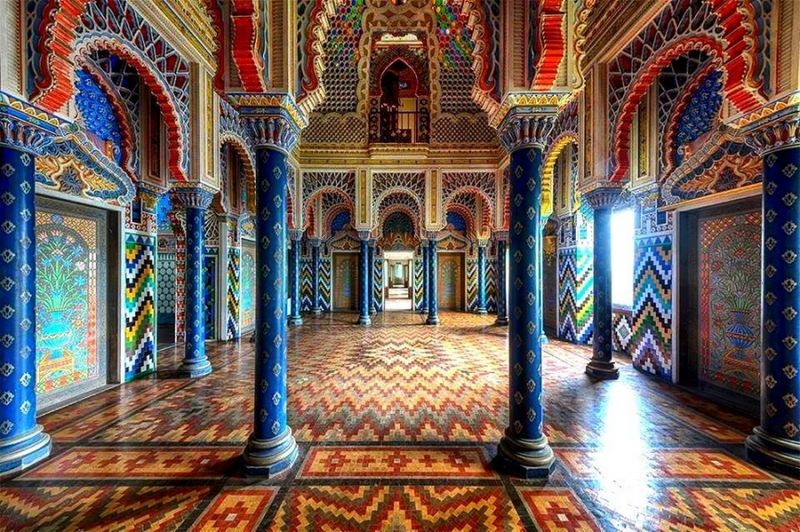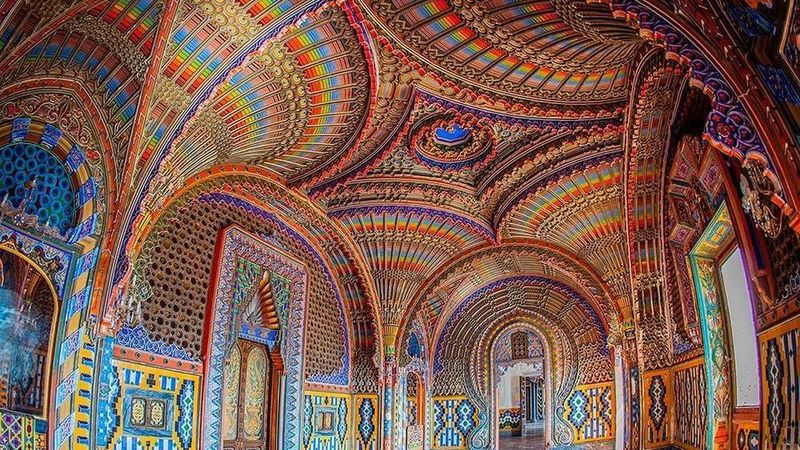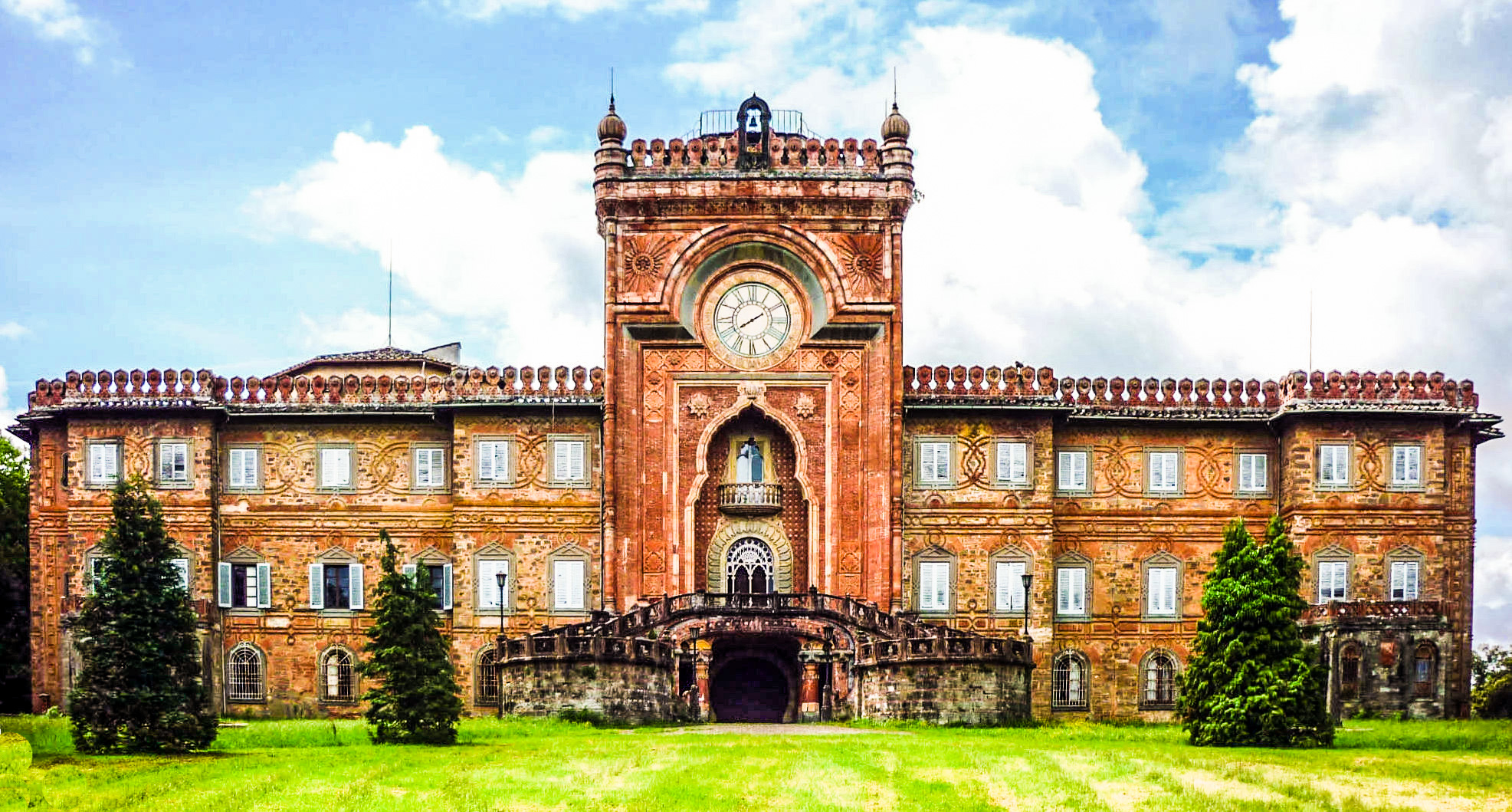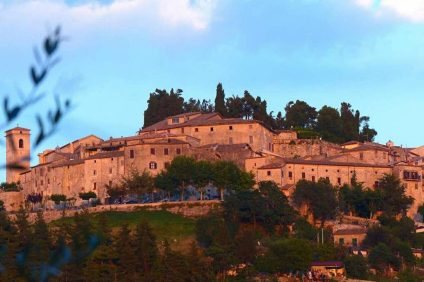In our beautiful peninsula there are jewels of inestimable value, without however having the attention they deserve. Real wonders left to themselves, with a unique history, but an uncertain present and future. This is the case with the Sammezzano Castle, one of the most beautiful monuments not only in the Toscana, but of the whole beautiful country, which however risks disappearing.
From farm to monument: history of Sammezzano Castle
Florence is without a doubt one of the most beautiful cities in Italy. Its streets are a journey through art, culture and magnificence, with some of the most fascinating works ever. Old Bridge, Saint Mary of the Cross, Uffizi: the list is long and varied, making the Tuscan capital one of the cities with the highest concentration of monuments in the world. But its jewels also extend beyond its walls. About 30 km from the capital of Renaissance, in the small hamlet of Holm, there is one of the most beautiful castles in Italy. We are talking about the Sammezzano Castle and its park in centuries-old redwoods.

Its history begins at the dawn of the seventeenth century when the Altoviti, one of the oldest Florentine noble families, had a farm built in the Tuscan Apennines. A complex far from what we can admire today, due to the renovations that have affected the estate over the centuries. Several families, in fact, have followed one another in the management of the farm and the surrounding land: Altoviti, i doctors and finally the Ximenes of Aragon, another noble Tuscan dynasty with evident Spanish origins. And it was indeed Ferdinando Panciatichi Ximenes of Aragon to transform the farm into the jewel that we can admire today. Between 1853 and 1889 the Marquis had the Sammezzano Castle and the park built, involving only Florentine artists and workforce. The result was one of the most fascinating works ever made at the time.
Triumph of Orientalism
Sammezzano Castle is a living example of orientalism in Italy. At the dawn of the nineteenth century, in fact, a new cultural current invades Europe, with Florence among the main centers. As the name suggests, this movement wanted to re-propose oriental art and style in the Old Continent, starting from Middle East up to Japan. The castle was enriched with over 70 rooms uniquely decorated by the best artists of the period. The most famous of these is undoubtedly the colorful one Hall of the Peacocks.

To realize it we were inspired by the artistic and architectural current of mughal, which takes inspiration from culture Indiana e blind. The name Hall of the Peacock it is a clear reference to the animal symbol of India, as well as to the style with which the room is decorated. The decorations are indeed a range, starting from the floor to the ceiling. All enriched with an incredible chromatic variety. Here, according to the BBC, is one of the ten best ceilings in the world.
The castle today
Unfortunately the Sammezzano Castle does not see its best days in the present. During the war it was the subject of numerous looting. When the conflict ended, it was transformed into a luxury hotel until the 2015s, when the complex was bought by an Italian-English company. The goal was to make it a luxurious resort, but due to the company's financial problems, nothing was achieved. The structure has been auctioned since XNUMX, but no offers have been received to date.

Last year the Sammezzano Castle was included in the list of 12 monuments most at risk in Europe. The hope is to stimulate the institutions to safeguard it. Fortunately, however, FAI volunteers and other associations are trying to protect and raise awareness among the general public by organizing guided tours and events within its walls. All in anticipation of better times, which know how to restore the right luster to this all-Italian wonder.





